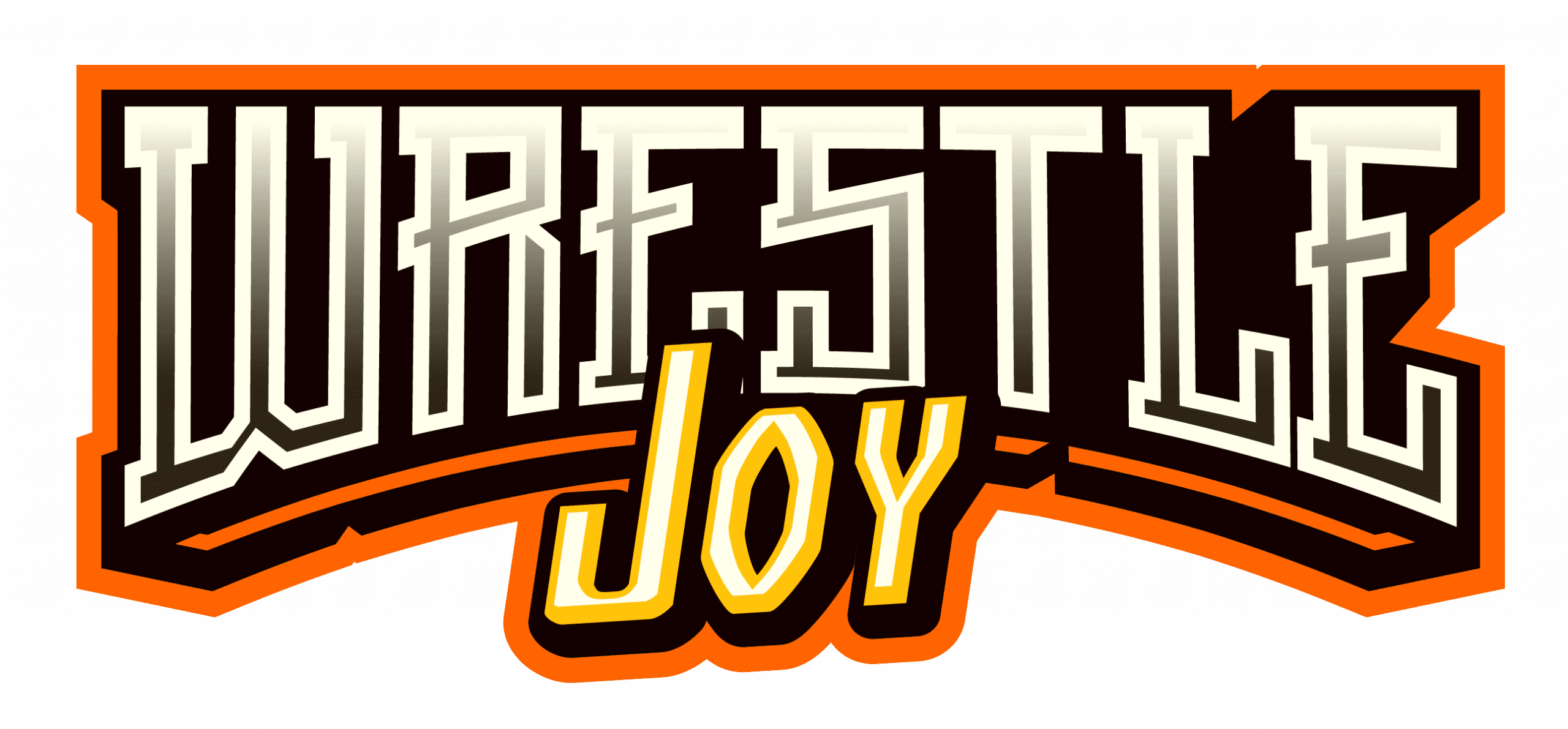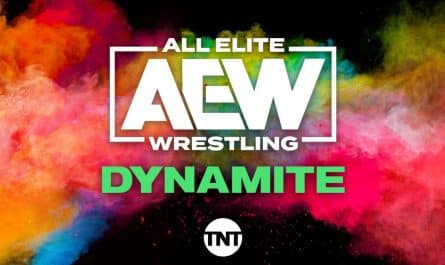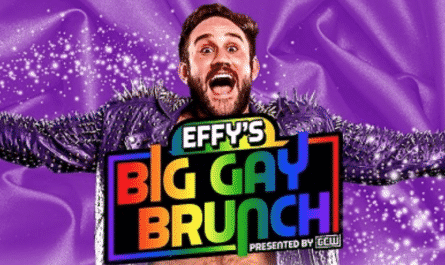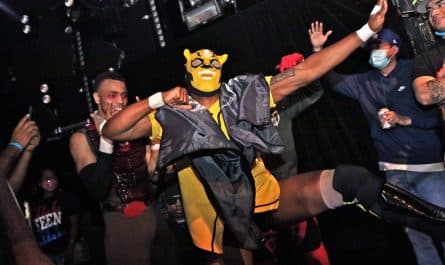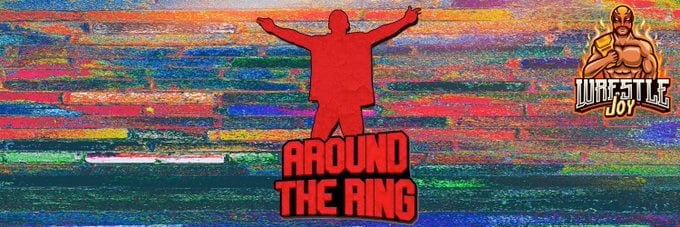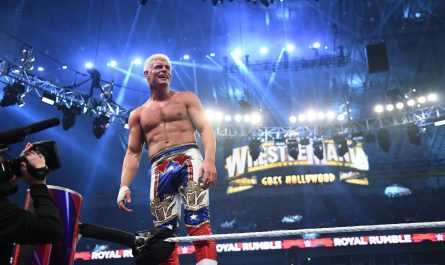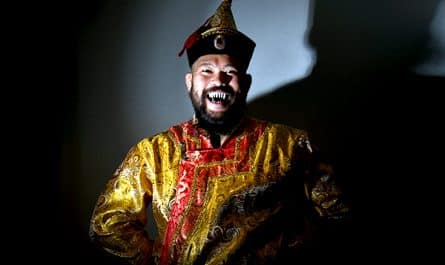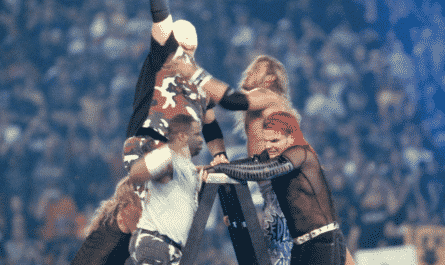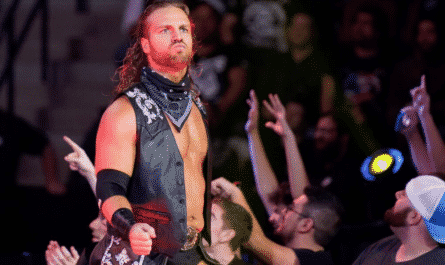
I was asking for it.
For the cardstock poster board and the chisel tip Sharpie markers from Wal-Mart, that is. And I guess, by extension, for what those craft materials eventually led to.
I was a smart kid, but even my 11-year-old brain couldn’t have orchestrated the stunt I pulled that evening. But, in retrospect, all of the elements were there.
A heel Edge — fresh into his first reign as World Heavyweight Champion — in the main event of a SmackDown/ECW house show.
A ticket for me, on the rail of the show’s entrance ramp.
An unabashed sense of confidence, stoked by my dad’s buzzed co-workers, who attended the show with my family.
And the aforementioned poster board and markers.
Edge didn’t humiliate me like his character did to many a in-ring opponent over the years. Nor did he jump in my face like the young boy caught in his infamous “You were wrong” monologue.
But he did …

First, some background.
I’ve never met Adam Copeland. But I count this three-second encounter with his persona among the reasons I write about pro-wrestling for my profession. And, also, why I remained a fan of the art form in the first place.
If you think back to when you first became a wrestling fan, chances are, a character hooked you. Not the in-ring product, but a character.
Because truthfully, only a small percentage of pro-wrestling fans care about the actual wrestling. Sure, ring psychology, pacing, work-rate, booking and overall storytelling are aspects of pro-wrestling that you’ll grow to admire as you continue watching the product. But distinct, unique characters are wrestling’s bread and butter.
Those larger-than-life characters are why families invest millions of dollars into their favorite promotions each year. And when wrestling fans grow older — when the illusion of realness fades and the superheroes we love start resembling folks we know — many find themselves at this realization:
Odds are, we’re still here because of one guy or girl.
Edge was that guy for me. He was the first character that I connected with as an adolescent, and the first wrestler I ever associated with the question: What does it take to make a character?
I can only assume that Edge was that guy for many others, too, judging by the pop he received when he stepped through the curtain at the 2020 Royal Rumble. That night, on the field of Houston’s Minute Maid Park, the “Rated-R Superstar” returned from a nine-year hiatus that began in 2011, after Copeland was diagnosed with cervical spinal stenosis.
That return was special for me, as it was for many others. The milestones of Edge’s WWE career serve as mile markers for my wrestling fandom, if you will. I began watching regularly shortly before Edge achieved main-event status. From the floor of WrestleMania XXVII at the Georgia Dome in Atlanta, I watched Edge wrestle his final match before a near decade of inactivity.
And then, there’s this moment. Monday, June 18, 2007.
The poster board and markers were for the sign I had planned, which wasn’t original or creative whatsoever.
I sat down at my dining room table the morning of the show and began drawing with care. I scrapped the first sign, as I made the letters too big. And then I began filling in each letter with the black Sharpie and dedication. But, I soon became bored. After the first few letters, I colored the remaining characters with a fast scribble that made the Sharpie appear purple and blurry. It was a mess, but I didn’t really care.
“EDGE SUCKS,” the sign read. Overconfident, 11-year-old me was ready to start a riot at the Savannah Civic Center.

Speaking of which, the civic center’s Martin Luther King Jr. Arena is a character worth talking about in itself.
The arena, which opened in 1974, is a true throwback. It was always warm, yet also damp, and smelled like a closet. The linoleum flooring surrounding the concession stands had been stained brown by years of grease spills never properly cleaned. The venue’s interior walls were tiled in teal and light pink, a color palate inexplicably popular during the time of construction.
The arena’s boxy confines didn’t feel big enough for its annual monster truck or motocross events. It hosted Southeastern Conference club hockey tournaments as well, which yes, feels like a bit of an oxymoron. The building is scheduled for demolition some time in the next four years. That’s if Savannah’s city council can decide on what will replace it.
Always loved that building.
I arrived at my seat on the rail shortly after doors opened, with my family and dad’s colleagues in tow — all chiropractors. I liked them because they treated me as an adult. They liked me because I gave them an excuse to attend wrestling shows for the first time since they married. We arrived early enough for them to put back a couple rounds of overpriced, 12 oz. Bud Lights before bell time.
The undercard wasn’t all that memorable. Elijah Burke defeated C.M. Punk. Tommy Dreamer and Stevie Richards squashed some local jobbers. Eugene tapped out to Chris Masters’ Masterlock. But I had heard on the radio days prior that Edge would defend his title against Batista to close. So, I was ready for that.
Edge’s music hits over the ancient sound system — no smoke, no pyro — and he enters from the giant sliding door in the corner of the lower bowl, home to the arena’s Zamboni. He turns the corner to begin his straightaway walk to ringside and spots my sign immediately. I was going to make sure of that. I was standing on my chair, practically leaning into his aisle way the whole time.
Now, Edge could have completely ignored me. He could have gotten in my face. He could have ripped my sign. But he landed on something more nuanced and I’ll always appreciate that.
Edge was equidistant to me on the ramp when he finally glanced over. Veins popped from my neck as my face turned bright red. I was giving Edge the business, egged on by a posse of drinking, middle-aged outta-whack-back quacks.
I’m confident that I told Edge to go [expletive] himself, which I wouldn’t have done if I had only been with my family. I screamed lots of things I can’t remember at him in that moment; half because I meant them, half because I envied his power to emotionally move the crowd, like he had done so easily with me. This was fun.
That’s when Edge gave me the finger. He scratched his right cheek at me with a vigor, middle digits fully extended.
I’m not sure how often Edge gave kids the finger, but I deserved it. I also earned it. Nobody in my party saw the finger but me, and looking back, I applaud his subtly. He create a personal, almost intimate moment for me that wouldn’t get him a talking to in gorilla.
I unconsciously wanted a reaction from the wrestler that 11-year-old me couldn’t admit was his favorite. I succeeded.
It didn’t end there, either. My sign had seemingly emboldened the 1,000-plus crowd into rolling chants of “you suck!”
Edge paused mid-match to address the masses:
“If you don’t stop telling me I suck,” he shouted over the wired microphone, “I’m going to leave!”
The chants did not stop, as one could have guessed. Edge then went on to lose the match, but retain his championship, when Montel Vontavious Porter interfered.
I made other fun WWE memories in Savannah. The year prior in 2006, I sat front row of ringside for a Raw house show with John Cena facing the late Edward “Ecky” Fatu, then known as Umaga, in the main event. Ecky flipped the ring steps right in front of me, angrily and in character. It was startling.
I told that story to his nephew Jacob, who currently wrestles for Major League Wrestling, years later.
“Sounds like him,” Fatu remarked through a chuckle.
In 2009, I attended another house show at the civic center which featured a six-man tag: Edge, Chris Jericho and Ted DiBiase Jr. vs. Cena, Kofi Kingston and Rey Mysterio. But the sound system failed for the babyface team, which delayed their entrance. Meanwhile, Edge and Jericho grabbed steel chairs from ringside, sat down, and played rock-paper-scissors.
I’ve since earned degrees in playwriting and journalism. My job is writing people stories. I write characters, I write about characters, and those early WWE house shows were some of my first character studies.
So, yeah, Edge gave me the finger.
But he also pointed me in the right direction.
